Totally stoned: Abbott Miller on a Pentagram-designed Rolling Stones survey
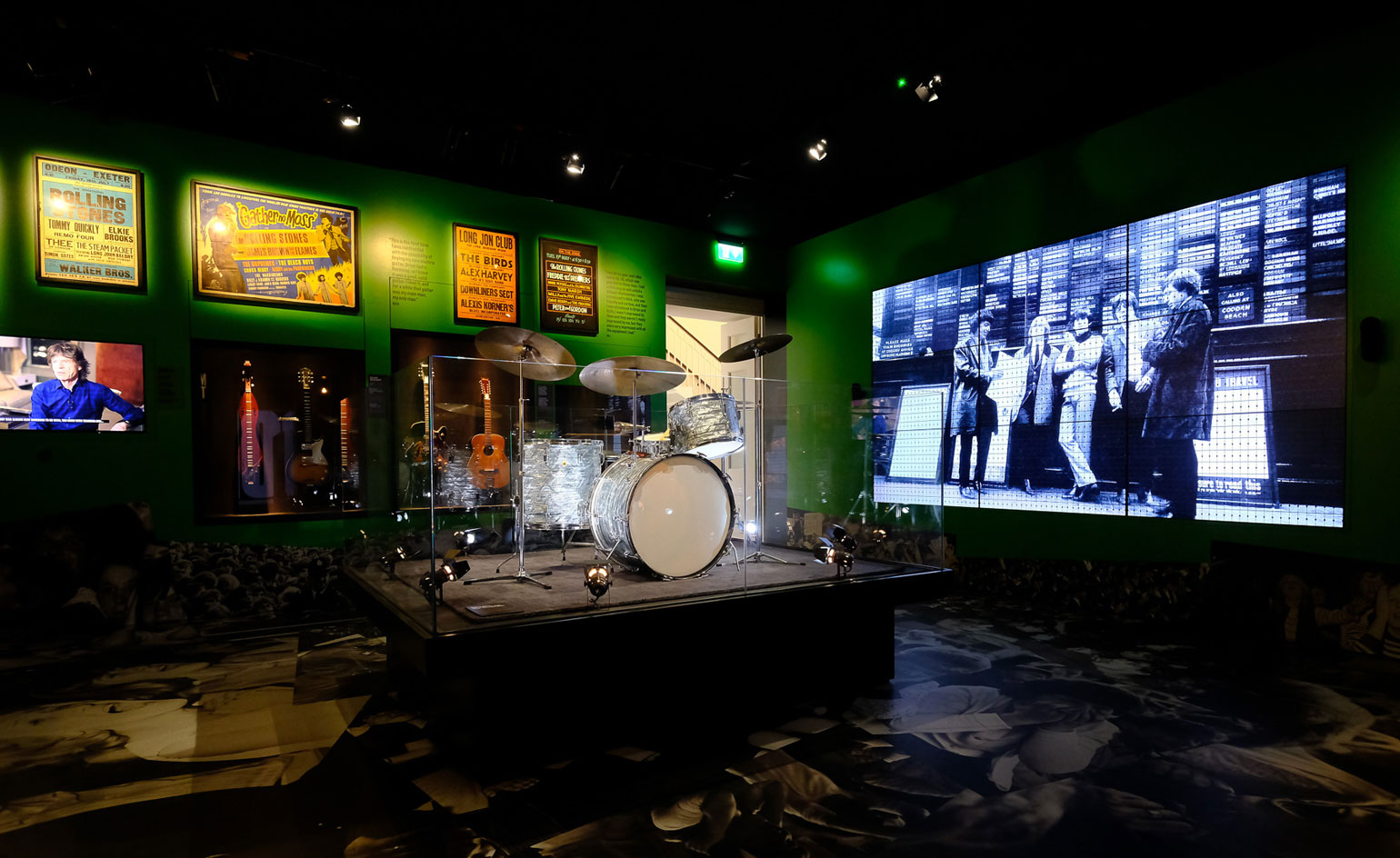
The rock-n-roll retrospective is big business these days.
Whether that's a good thing depends on how one values the validity of shifting pop stars and music into art world and gallery contexts. London's Victoria and Albert Museum hit critical pay dirt with their expansive and impeccably realised David Bowie exhibition (largely a result of the great man's chameleonic, discipline-straddling practice and unerringly singular vision). But for every Bowie there's a Björk, whose 2015 retrospective at MoMA was a mess – a brilliant artist sold short by the cloying reverence of her curators.
Safe to say, increasingly-creaky rock'n'roll titans The Rolling Stones will be looking to channel the success of the former in 'Exhibtionism', a sprawling retrospective at London's Saatchi Gallery – the largest survey of its kind ever staged by an artist or band.
Size isn't everything, of course, and for Wallpaper* there's greater shakes here in the fact that the show has been put together by the influential design firm Pentagram: specifically company founders William Russell (in London) and Abbott Miller (New York).
'Working closely with the band and curator Ileen Gallagher, we approached the space as if it were a set list for a concert, viewing it as a performance rather than an exhibition,' explains Russell of the show's conception. 'There is a range of tempos, sensations and emotions that build into one orchestrated experience: it is tactile, authentic, glamorous, messy, and suffused with the sounds and images of the band.'
The offering – delineated into 'chapters' – is broad, to say the least. In ephemera alone, the show features 500 items spanning instruments, costumes, personal documents, unseen video material, original album artwork and more. Themed spaces include 'Ladies & Gentlemen', an introductory audio visual projection installation exploring the breadth of the band's cultural impact; a recreation of the band's first squalid apartment, Edith Grove in Chelsea; and self-explanatory 'Recording' and 'Film' galleries.
Further rooms delve into the band's deployment of art, design and sartorial influence, a collection of never-before-seen items drawn from the Stones' archive seguing into a gallery space holding works by Warhol, Richard Hamilton and Ralph Steadman; while the she show's defacto finale is the 'Performance' space, providing a Stones POV film of the band in concert, as well as a 3D video of the group in action, capturing the raw magnetism that dragged them from diligent London blues hounds to global cultural behemoths.
Preceding the show's opening, Wallpaper* caught up with Abbott Miller to dicuss Pentagram's involvement in the project, breaking the increasingly workaday retrospective mould and harnessing the energy of the super fan.
W*: How did Pentagram become involved in the project? Is this the first project of its kind yourselves or the firm have been involved with?
We were invited based on previous experiential/exhibition design projects, some of which dealt specifically with popular music (a show on John Lennon which was a close collaboration with Yoko Ono, a show on the history of rock and roll style, a show on the relationship between art and television, and the design of the permanent installations of the Harley-Davidson Museum). While we’ve done many retail environments and exhibitions, this one is unique because of the extensive integration of sound, media, and lighting, which gives it a heightened theatrical quotient.
In conceiving the show, what level of symbiosis was at play between Pentagram, the band and Ileen Gallagher? Was the process of pulling the show together truly collaborative?
It was immensely collaborative, involving a really enjoyable dialogue between the producers, the curator, the band, and ourselves. There were key moments of review with the band where they were able to give a gut reaction to the design, to the selection of objects, and to the use of songs and media.
This was probably the best aspect of the project: we knew the band wanted to be involved, and the producers and curator had created a clear thematic approach prior to our involvement, but it was the way these layers built into a more and more immersive environment that made this a really satisfying process. Mick Jagger in particular has a keen sense of the experience as constructing a portrait of the band, so he was naturally very engaged, at times critical, at times very affirming. This feedback among all members of the creative team is what gives the show its unique rhythm of raw and polished moments, between things that are very tactile and authentic, and those that are more glossy and refined.
The band’s longstanding lighting designer Patrick Woodroffe was also a key player in providing feedback, as well as enabling the integration of lighting that lends the show a theatrical drama.
These kind of multifaceted museum/gallery-based music retrospectives are becoming more common (see Bowie and Bjork as good and bad examples). In terms of design, how is this show pushing the envelope? What does it do that others haven’t?
I think the exhibition is distinctive for providing both visceral/tactile moments that pull from theatrical experience as well as more artifact-based moments. The thematic structure allows us to combine these two aspects of what an exhibition can deliver, and the fact that we’ve designed the spaces to be distinct (in terns of the approach, the design language, and the emphasis on objects vs experiences) makes this unique. The 'chapter' construction liberated us and I think means the experience is dynamic for the audience.
Where do you think it best succeeds?
I think it succeeds in being completely in sync with the curatorial and editorial goals: the design really supports the storytelling.
What are your personal highlights?
I think the 'Recording' gallery is very interesting in resolving the need to show meaningful artifacts but to put them in a context that imbues them with meaning. This space manages to talk about three distinct studio environments that were crucial to the band’s creative development while also providing interactive elements that are genuinely engaging. On top of that we also incorporate a kind of 'super-fan' moment around the guitars. But the 'Style' gallery is a satisfying visual blast as well.
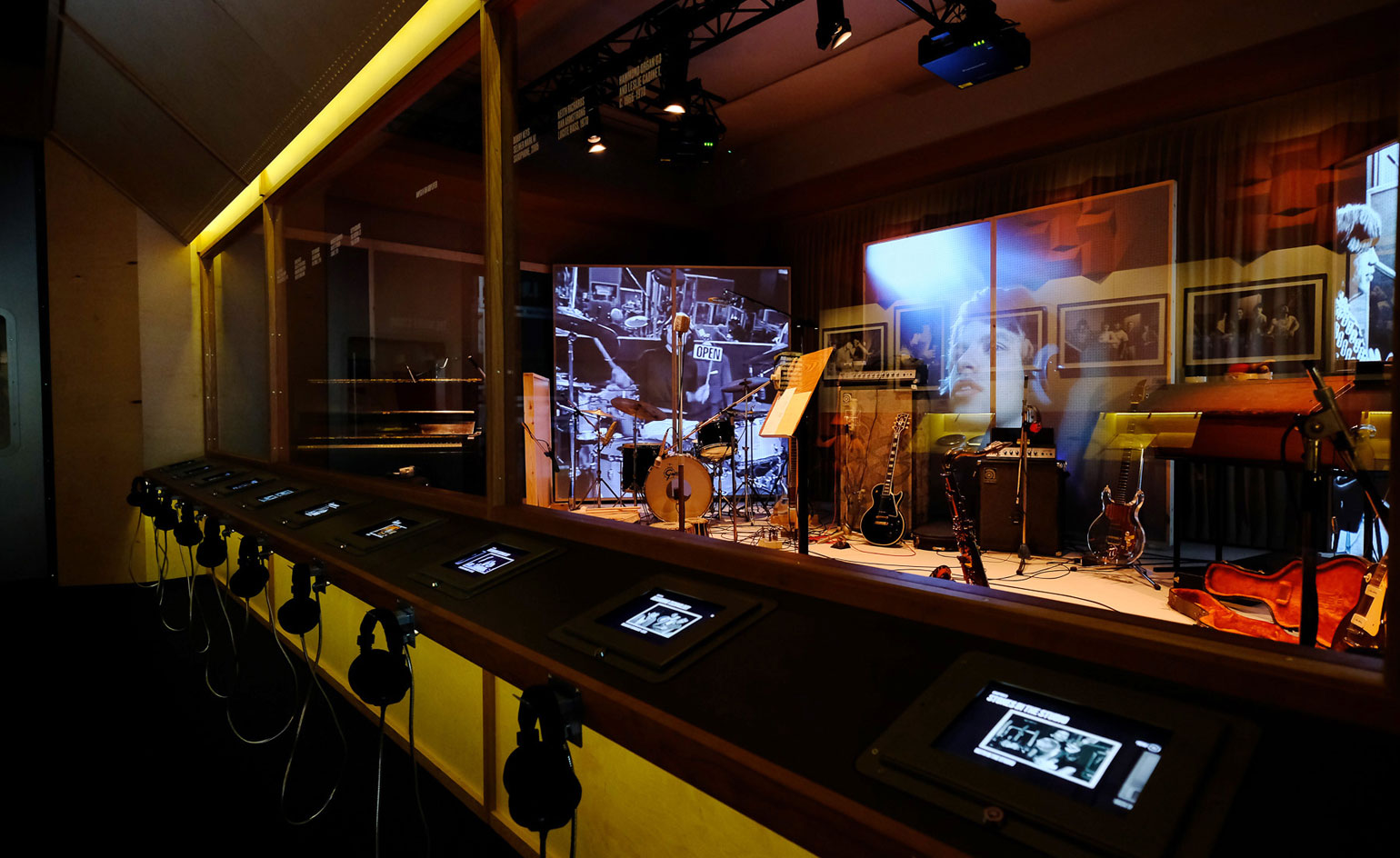
The show was collaboratively conceived by the band, curator Ileen Gallagher and Pentagram's Abbott Miller and William Russell
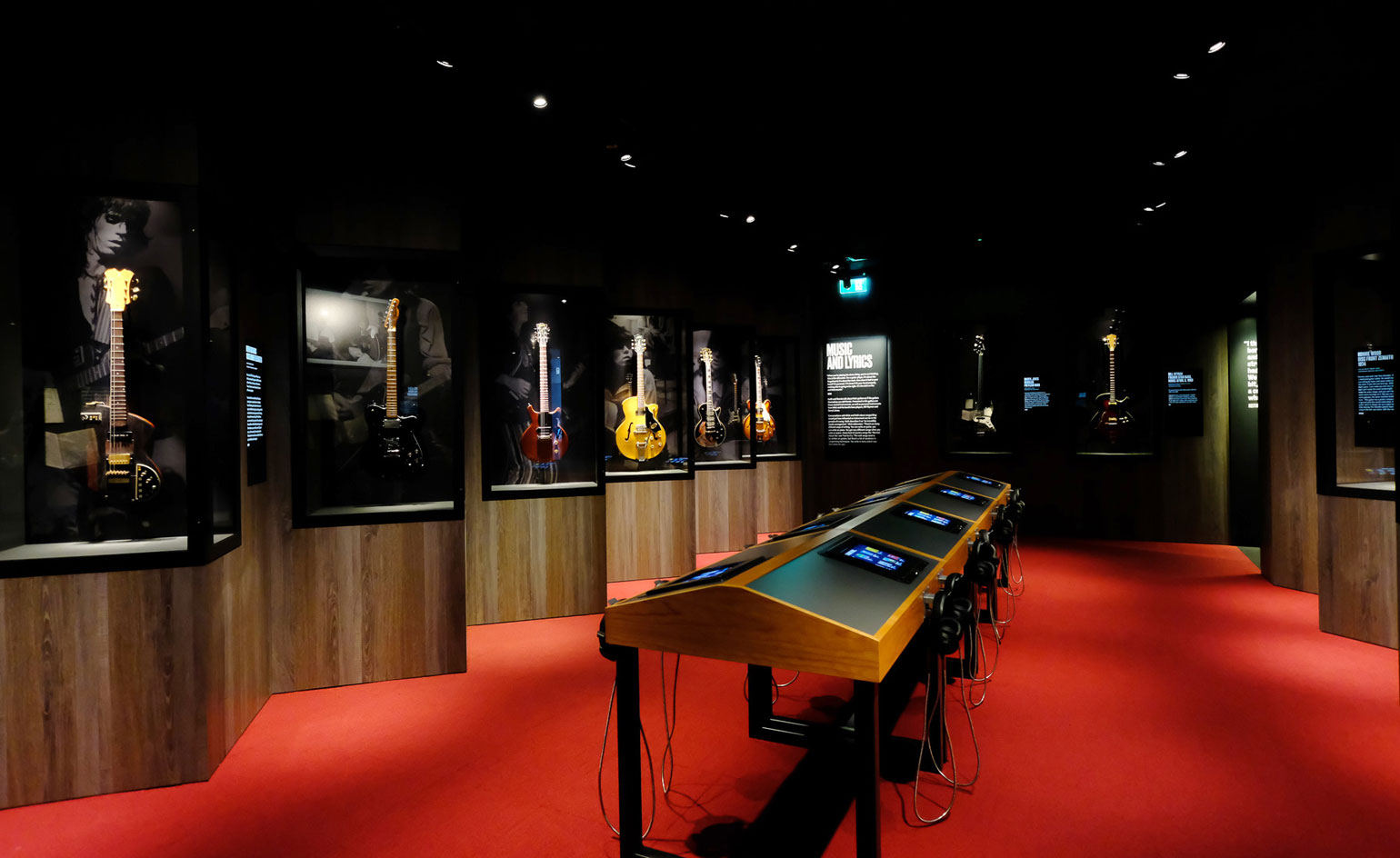
The offering – delineated into 'Chapters' – is broad, to say the least; in ephemera alone, the show features 500 items spanning instruments, costumes, personal documents, unseen video material and original album artwork
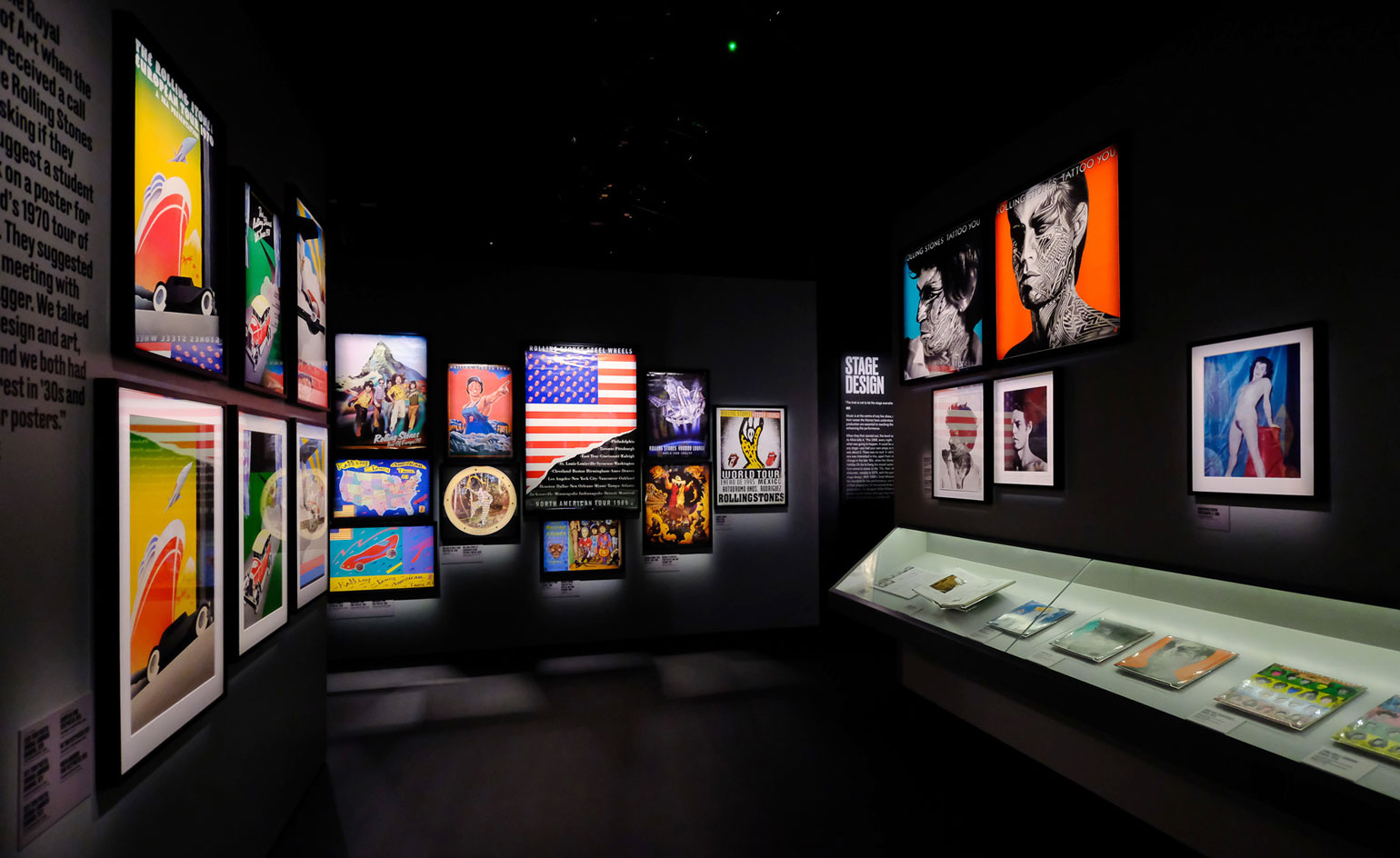
'I think it succeeds in being completely in sync with the curatorial and editorial goals: the design really supports the storytelling,' Miller tells Wallpaper* of the planning behind the show
INFORMATION
'Exhibitionism' is on view until 4 September. For more information, visit the Saatchi Gallery's website
ADDRESS
Saatchi Gallery
Duke Of York's HQ
King's Road
London, SW3 4RY
Wallpaper* Newsletter
Receive our daily digest of inspiration, escapism and design stories from around the world direct to your inbox.
Tom Howells is a London-based food journalist and editor. He’s written for Vogue, Waitrose Food, the Financial Times, The Fence, World of Interiors, Time Out and The Guardian, among others. His new book, An Opinionated Guide to London Wine, will be published by Hoxton Mini Press later this year.
-
 All-In is the Paris-based label making full-force fashion for main character dressing
All-In is the Paris-based label making full-force fashion for main character dressingPart of our monthly Uprising series, Wallpaper* meets Benjamin Barron and Bror August Vestbø of All-In, the LVMH Prize-nominated label which bases its collections on a riotous cast of characters – real and imagined
By Orla Brennan
-
 Maserati joins forces with Giorgetti for a turbo-charged relationship
Maserati joins forces with Giorgetti for a turbo-charged relationshipAnnouncing their marriage during Milan Design Week, the brands unveiled a collection, a car and a long term commitment
By Hugo Macdonald
-
 Through an innovative new training program, Poltrona Frau aims to safeguard Italian craft
Through an innovative new training program, Poltrona Frau aims to safeguard Italian craftThe heritage furniture manufacturer is training a new generation of leather artisans
By Cristina Kiran Piotti
-
 ‘Humour is foundational’: artist Ella Kruglyanskaya on painting as a ‘highly questionable’ pursuit
‘Humour is foundational’: artist Ella Kruglyanskaya on painting as a ‘highly questionable’ pursuitElla Kruglyanskaya’s exhibition, ‘Shadows’ at Thomas Dane Gallery, is the first in a series of three this year, with openings in Basel and New York to follow
By Hannah Silver
-
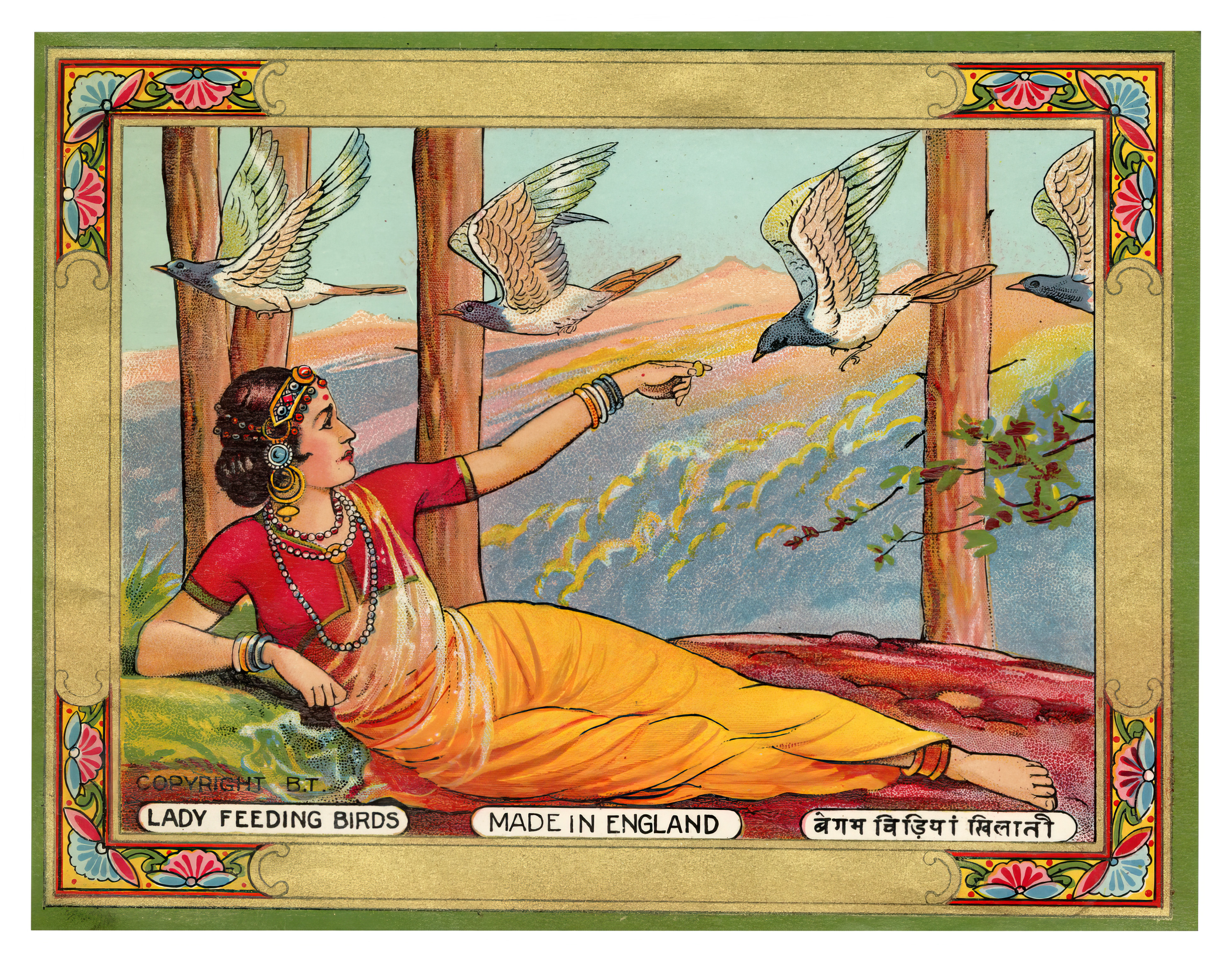 The art of the textile label: how British mill-made cloth sold itself to Indian buyers
The art of the textile label: how British mill-made cloth sold itself to Indian buyersAn exhibition of Indo-British textile labels at the Museum of Art & Photography (MAP) in Bengaluru is a journey through colonial desire and the design of mass persuasion
By Aastha D
-
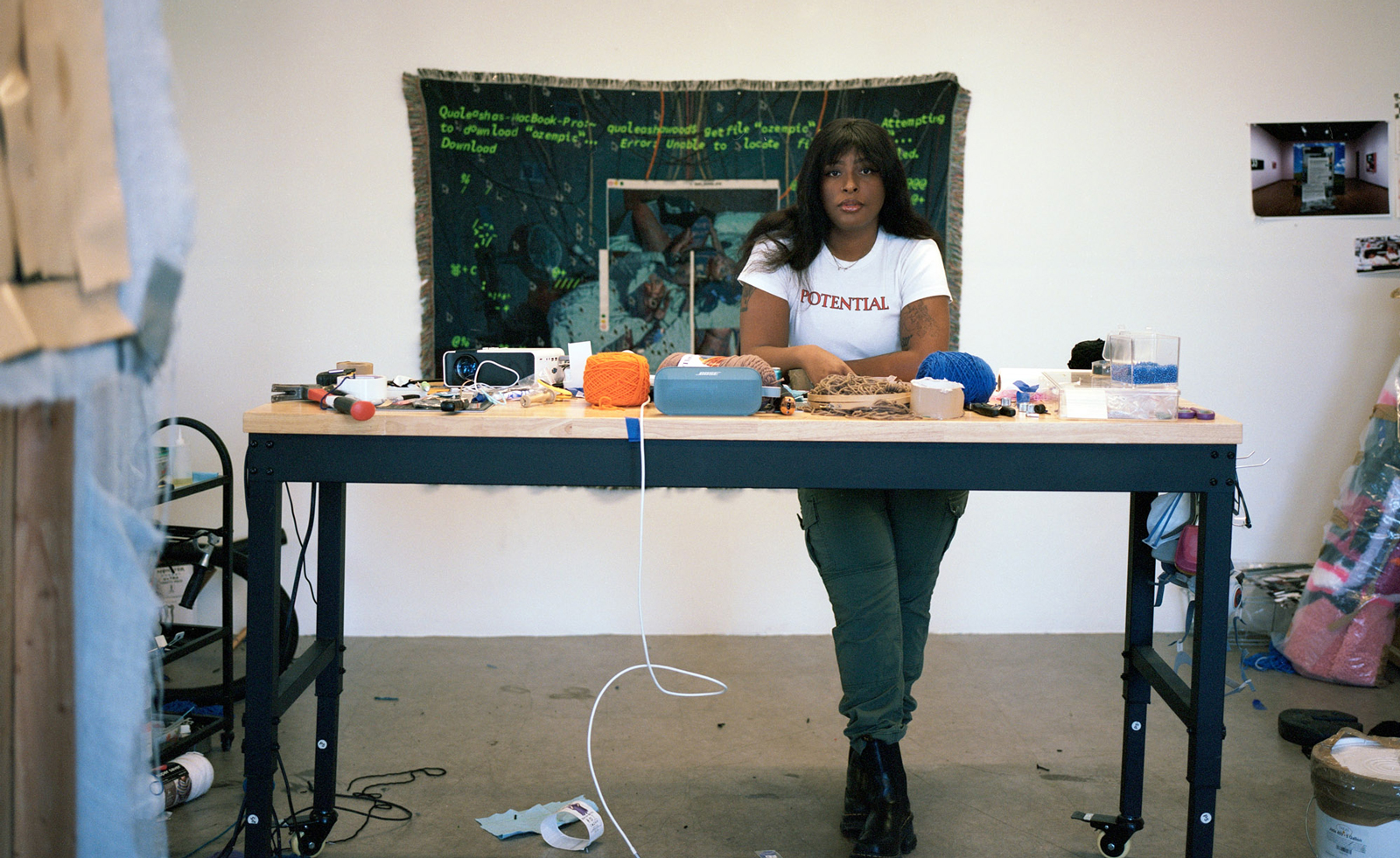 Artist Qualeasha Wood explores the digital glitch to weave stories of the Black female experience
Artist Qualeasha Wood explores the digital glitch to weave stories of the Black female experienceIn ‘Malware’, her new London exhibition at Pippy Houldsworth Gallery, the American artist’s tapestries, tuftings and videos delve into the world of internet malfunction
By Hannah Silver
-
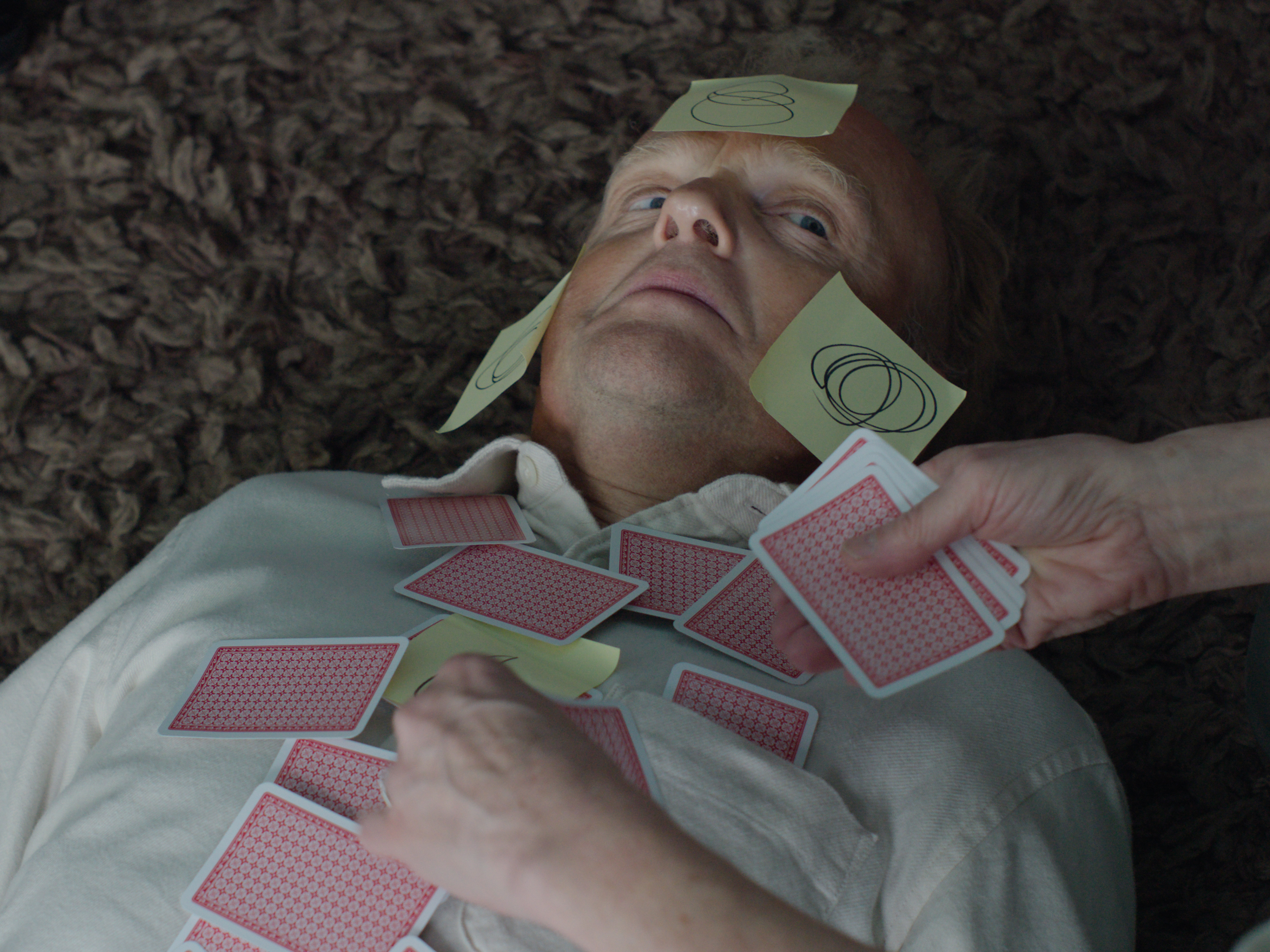 Ed Atkins confronts death at Tate Britain
Ed Atkins confronts death at Tate BritainIn his new London exhibition, the artist prods at the limits of existence through digital and physical works, including a film starring Toby Jones
By Emily Steer
-
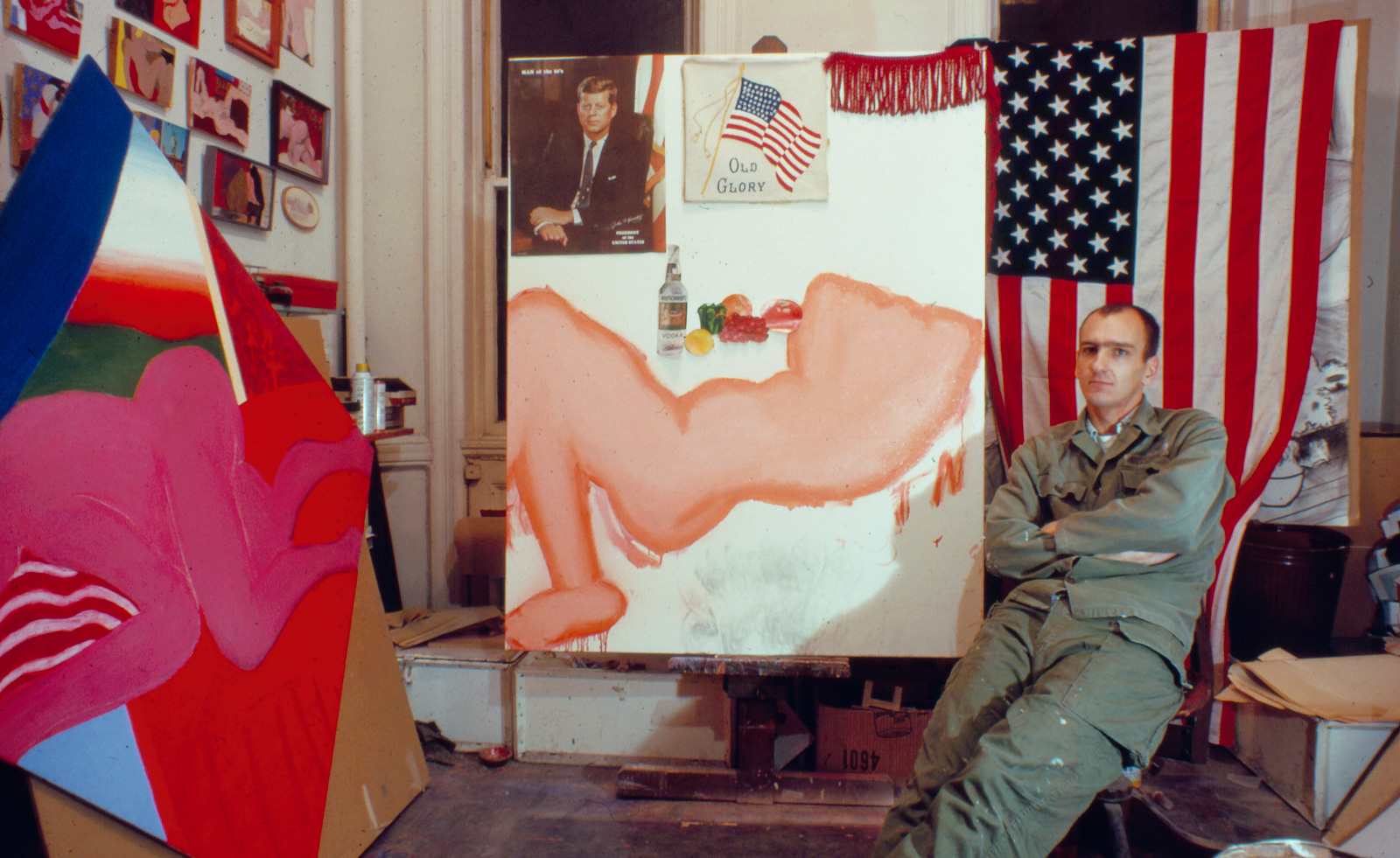 Tom Wesselmann’s 'Up Close' and the anatomy of desire
Tom Wesselmann’s 'Up Close' and the anatomy of desireIn a new exhibition currently on show at Almine Rech in London, Tom Wesselmann challenges the limits of figurative painting
By Sam Moore
-
 A major Frida Kahlo exhibition is coming to the Tate Modern next year
A major Frida Kahlo exhibition is coming to the Tate Modern next yearTate’s 2026 programme includes 'Frida: The Making of an Icon', which will trace the professional and personal life of countercultural figurehead Frida Kahlo
By Anna Solomon
-
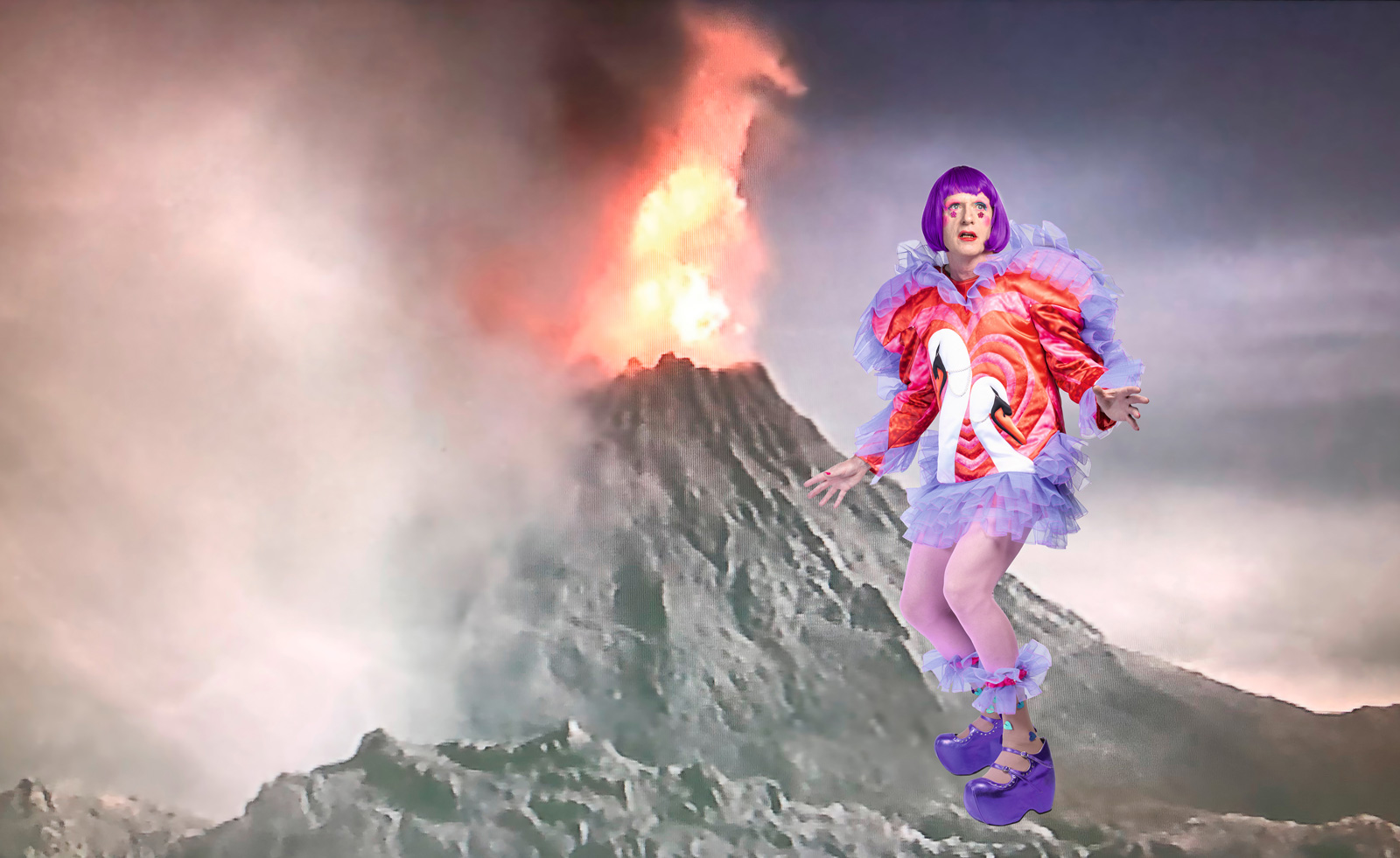 A portrait of the artist: Sotheby’s puts Grayson Perry in the spotlight
A portrait of the artist: Sotheby’s puts Grayson Perry in the spotlightFor more than a decade, photographer Richard Ansett has made Grayson Perry his muse. Now Sotheby’s is staging a selling exhibition of their work
By Hannah Silver
-
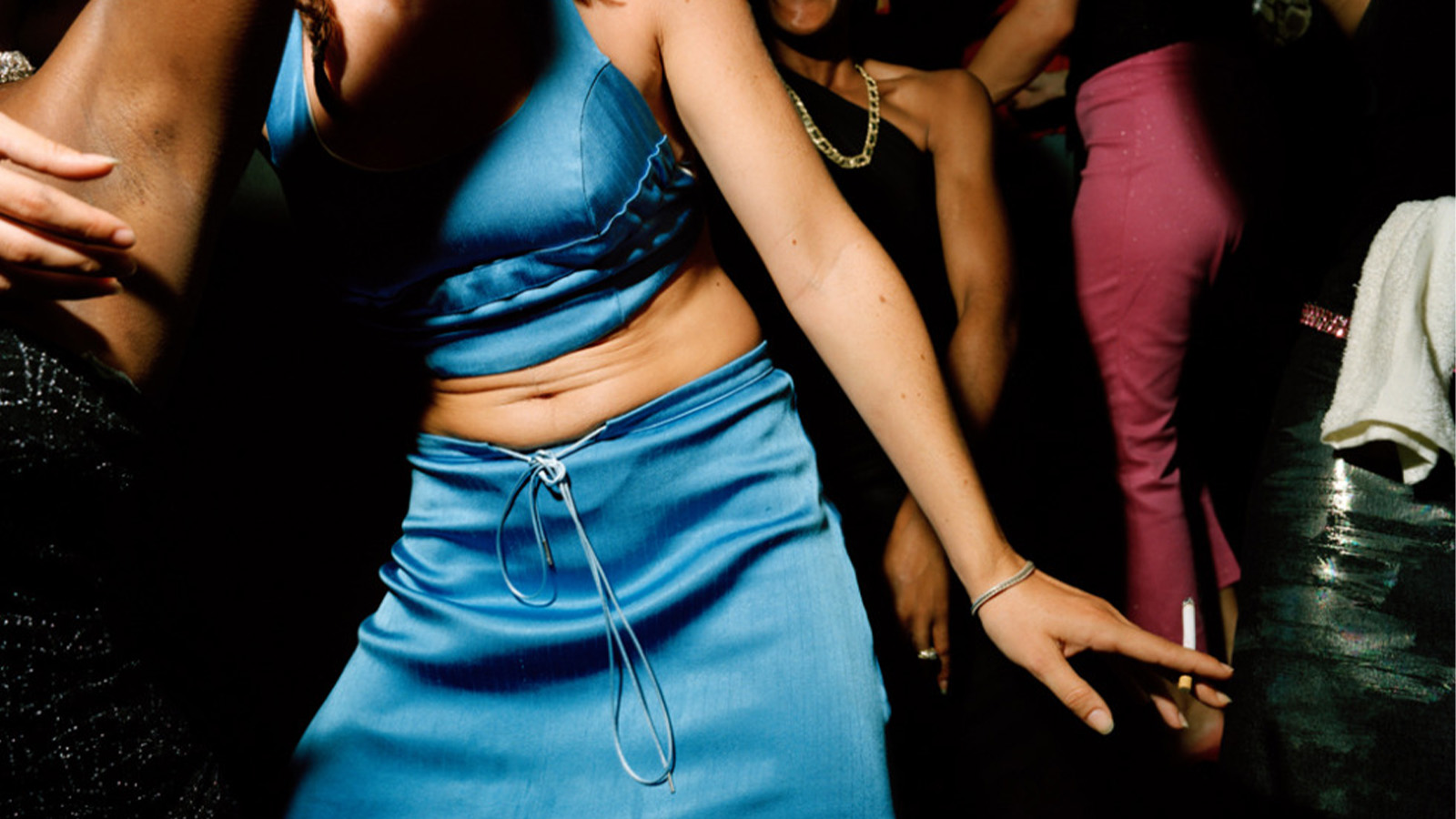 From counter-culture to Northern Soul, these photos chart an intimate history of working-class Britain
From counter-culture to Northern Soul, these photos chart an intimate history of working-class Britain‘After the End of History: British Working Class Photography 1989 – 2024’ is at Edinburgh gallery Stills
By Tianna Williams